Just when you thought Google Glass was dead, it turns out there may be a second life for the often ridiculed device that won't relegate it to the staid confines of factories and repair jobs.
In a patent application surfaced last week by Patently Apple, we now see that Google Glass may be reintroduced, at some point in the future, in the form of a pair of traditional glasses.
To the casual observer, the new version of Glass would essentially be indistinguishable from a normal pair of glasses. But within its frame, the patent application details lenses equipped with LED micro-display panels that would, when combined with ambient light, deliver augmented reality images. And in case there's any doubt about just how recent these designs are, the patent application was filed in March of 2016 and published in Sept. 2017.
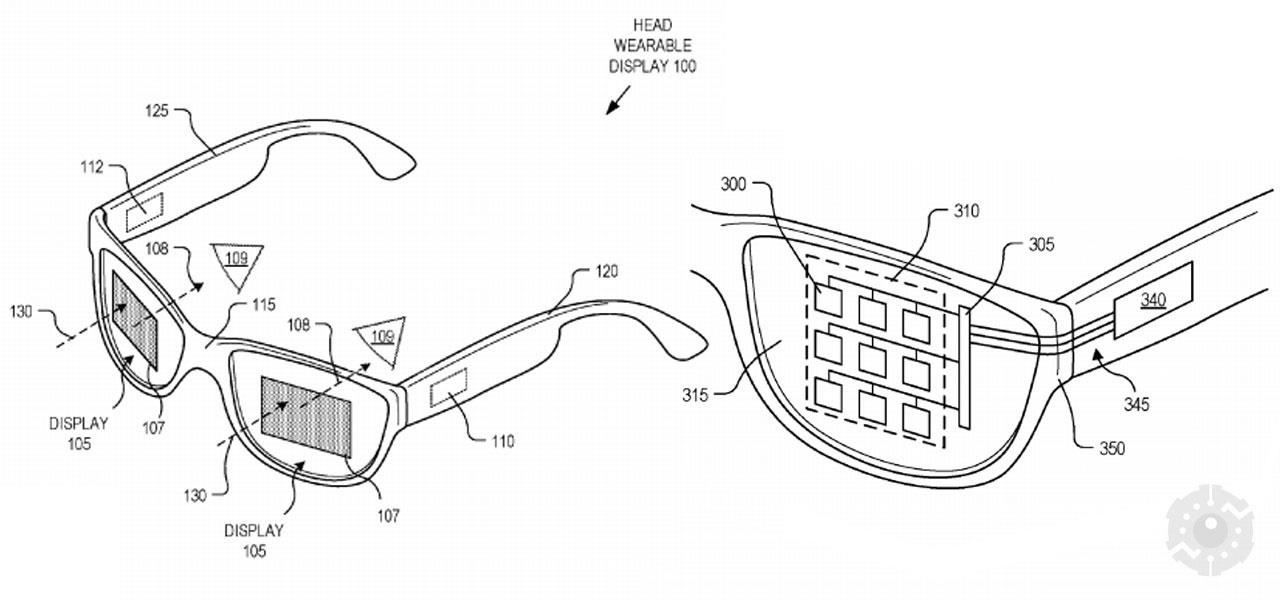
As usual with such patent filings, we shouldn't expect Google to step forward and promise that the illustrations will ever become a reality in the consumer marketplace. But the very fact that the company continues to work on new iterations of Glass is telling, and it reveals that Google remains committed to augmented reality, at least within its experimental skunkworks.
Currently, Apple has taken the lead in terms of deploying commercially viable AR to mainstream consumers via ARKit apps on iOS. Predictably, Google followed that up not long after with ARCore, an AR solution for Android devices. But while the giants of Silicon Valley fight over the very nascent beginnings of the smartphone-based AR market, many believe that the only thing that will truly make AR undeniable to mainstream users is a pair of smartglasses. The idea is that AR-powered smartglasses would allow us to more easily view and interact with virtual objects without having to swipe at panels of glass that we store in our pockets.
But are smartglasses really the future of AR?
One major recent signal hints that we shouldn't simply assume that AR smartglasses will be the Holy Grail of immersive computing: Snapchat's Spectacles. A report last week from The Information revealed that the company is still saddled with "hundreds of thousands" of unsold Spectacles sitting in warehouses, having only sold around 150,000, according to Snap Inc. founder Evan Spiegel.
When Spectacles first launched, Snap Inc. deployed the same strategy as Google Glass years ago — exclusivity. By artificially making Spectacles' availability scarce, Snap Inc. managed to drive a great deal of early interest to the kiosks selling the wearable camera glasses. It was a strategy that, when married with the young demographic and slick profile of Snapchat within US culture, seemed destined to succeed. But now, many months after the initial launch of Spectacles, you'll have a hard time finding many people wearing them on the street.
So are we just still not ready for wearable cameras on our face? Does the failure of Google Glass, and the subsequent tepid response to Snap Inc.'s Spectacles, hint that future face-based computing is dead on arrival?
The only thing we know for sure is that it's too early to say.
Aside from looking like a cybernetic implant, Google Glass was just a little too creepy for some with its hard to discern camera that recorded your every move in public. Spectacles were supposed to erase such fears by giving users a very obvious lighting indicator on the front of the frame, so that taking a photos was less invasive spy camera and more like an invitation to a party with the cool kids.
But the one-note functionality of Spectacles — taking pictures — doesn't seem to be enough to get most users to switch their photo taking habits from their smartphones to a pair of glasses.

But there may be another way. One that's just as cool as Snapchat, not as powerful as Google Glass, but nonetheless a path to the future.
On Tuesday, Nov. 7, musician and tastemaker Pharrell Williams (along with his music group, N.E.R.D) will release a line of glasses and shades in collaboration with designer eyeglass company Illesteva. But instead of smartglasses, Pharrell is lending his name to a wearable device that offers a different kind of technology: storage.
The glasses will cost $280 and will give users 16 GB of memory in the arm of the glasses. Technologically, in terms of wearables, this is a fairly huge step backward. Nevertheless, it may take someone like Pharrell, making these kinds of gimmicky baby steps, to gradually get us used to the idea of wearing tech on our faces.
Once mainstream consumers are more comfortable with that, then we can focus on the ultimate goal — fully functional AR smartglasses that turn the entire world into a vast tapestry of interactive computing interfaces and experiences, no smartphone needed.
Just updated your iPhone? You'll find new emoji, enhanced security, podcast transcripts, Apple Cash virtual numbers, and other useful features. There are even new additions hidden within Safari. Find out what's new and changed on your iPhone with the iOS 17.4 update.




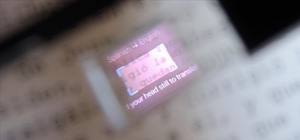
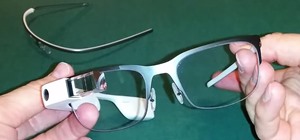
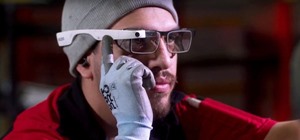
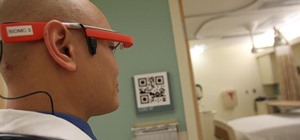
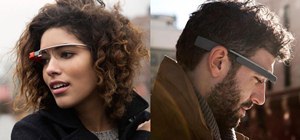
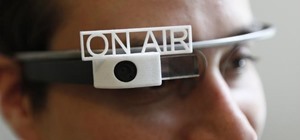
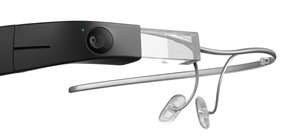

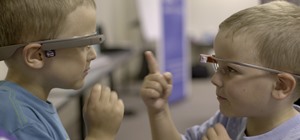
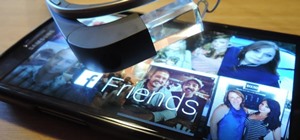
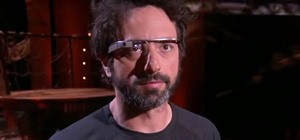


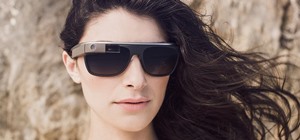






Be the First to Comment
Share Your Thoughts